Cats, with their mysterious and independent demeanor, often require a sense of security to truly thrive in a bustling home environment. As much as they may seem aloof, these furry companions are deeply sensitive and can be easily overwhelmed by the chaos of a busy household. Ensuring that your cat feels emotionally safe is paramount to its overall well-being. This guide will help you understand how to create a sanctuary for your cat, even amidst the hustle and bustle of daily life.
Understanding Your Cat’s Emotional Needs
Cats, like humans, have emotional needs that must be met to lead a fulfilling life. They thrive on routine and predictability, which is often disrupted in a lively household. Recognizing these needs is the first step in making your cat feel secure. Cats can experience stress just like people, and this can manifest in behaviors such as hiding, aggression, or excessive grooming. By paying attention to these signs, you can better understand what your cat requires emotionally. It’s not just about feeding and sheltering them; it’s about nurturing their emotional health too.
Creating a Safe Haven

Every cat needs a space where they can retreat and feel completely safe. This could be a cozy bed tucked away in a quiet corner or a perch high up on a shelf where they can observe without being disturbed. The key is to ensure this space is accessible at all times and free from potential stressors. Think of it as a personal sanctuary for your cat, much like how you might have a favorite chair or room that provides comfort after a long day. This safe haven will become your cat’s go-to place whenever the hustle and bustle of the household become too much.
Establishing a Routine
Cats are creatures of habit and thrive on routine. In a busy household, it can be challenging to maintain consistency, but it’s crucial for your cat’s emotional safety. Regular feeding times, play sessions, and even cuddle times help create a predictable environment. This routine provides a sense of security because your cat knows what to expect and when. Imagine the comfort of knowing when your next meal is coming or when it’s time for a beloved activity; this predictability helps reduce anxiety and stress in your feline friend.
Providing High Perches

Cats love high places, and providing them with perches or cat trees can help them feel secure. These elevated spots allow your cat to survey their domain from a safe distance, giving them a sense of control over their environment. It’s like having a watchtower where they can observe the happenings of the household without being directly involved. High perches also offer an escape from the commotion below, allowing your cat to retreat and relax whenever they feel overwhelmed.
Interactive Playtime
A busy household can sometimes mean that your cat doesn’t get the attention it deserves. Interactive playtime is a great way to bond with your cat and make them feel emotionally secure. Engaging them with toys that stimulate their natural hunting instincts can provide both mental and physical exercise. This not only helps in burning off excess energy but also strengthens your bond with your cat. Think of it as a workout session that leaves your cat feeling satisfied and happy, much like how you might feel after a good run.
Addressing Changes in Behavior
In a bustling home, changes in a cat’s behavior can often go unnoticed. It’s essential to be vigilant and address any behavioral shifts promptly. Whether it’s increased aggression, hiding, or changes in eating habits, these can be signs of emotional distress. By identifying and addressing these changes early on, you can take steps to make your cat feel more secure. It’s similar to catching a leak early before it becomes a flood; addressing small issues can prevent larger problems down the line.
Minimizing Loud Noises

Loud noises can be particularly distressing for cats, especially in a busy household. Whether it’s the sound of the vacuum cleaner or a loud television, these noises can be overwhelming. Try to minimize exposure to such sounds or provide a quiet space for your cat to retreat to during particularly noisy times. It’s akin to trying to relax in a noisy environment; just as you might seek peace, your cat needs a quiet haven to escape from the clamor.
Introducing New People and Pets Gradually

The introduction of new family members, whether human or animal, can be a source of stress for your cat. Gradual introductions are key to ensuring your cat feels emotionally safe. Allow your cat to approach the newcomer on their terms and provide plenty of reassurance during the transition. It’s like meeting someone new; it takes time to build trust and comfort. By allowing your cat to adjust at their own pace, you foster a sense of security and acceptance.
Understanding Body Language

Cats communicate a lot through their body language, and understanding these signals can help you gauge their emotional state. Look for signs of stress, such as flattened ears or a twitching tail, and respond accordingly. By recognizing these cues, you can take steps to alleviate your cat’s anxiety and make them feel more secure. It’s like learning a new language; the more you understand, the better you can communicate and respond to your cat’s needs.
Offering a Variety of Toys
A variety of toys can keep your cat mentally stimulated and emotionally satisfied. From puzzle feeders to feather wands, different toys cater to different instincts and preferences. Providing a range of toys ensures that your cat remains engaged and less likely to develop destructive behaviors out of boredom. Think of it as having a bookshelf full of diverse books; each one offers a different experience and keeps the mind active and entertained.
Creating a Stress-Free Feeding Environment
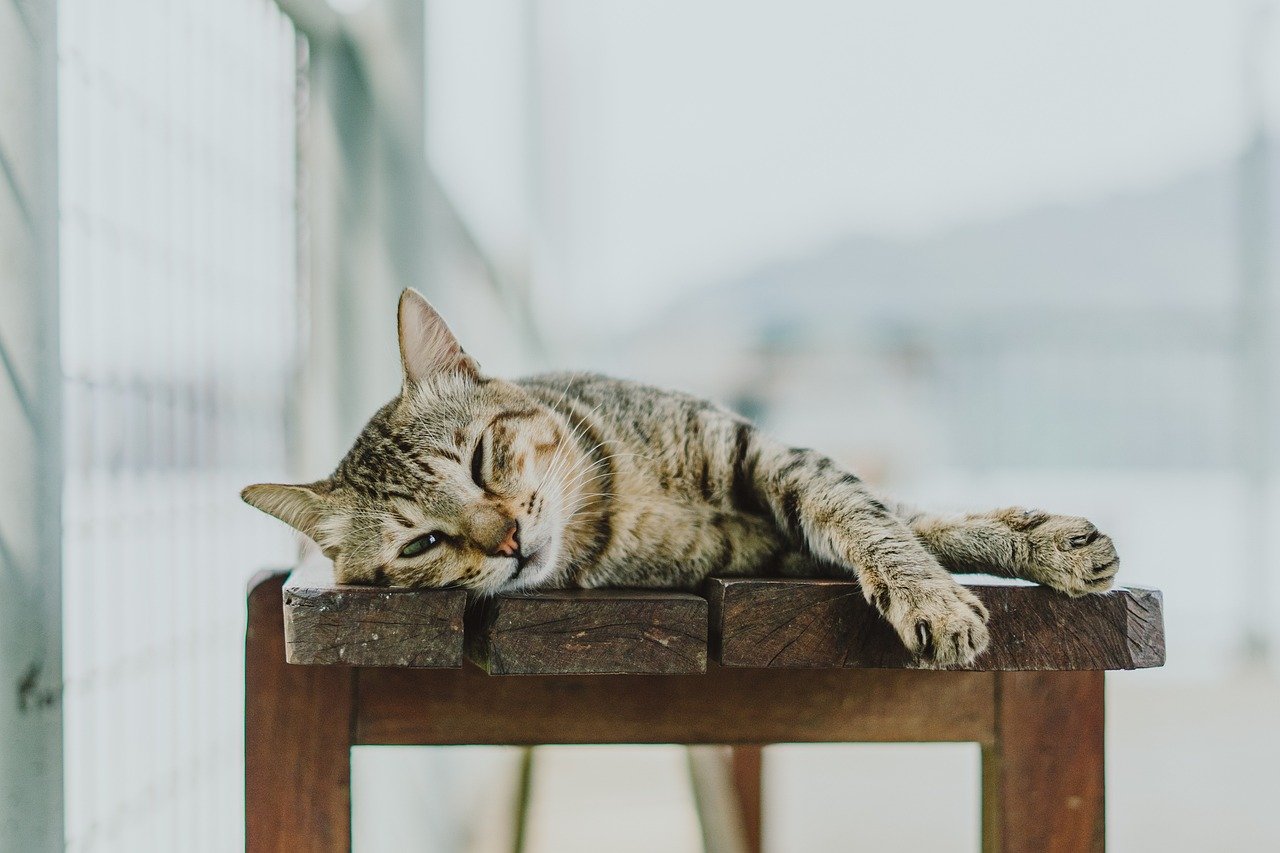
Feeding time should be a peaceful experience for your cat. In a busy household, it can be challenging to maintain a calm environment during meals. Ensure that your cat’s feeding area is quiet and free from disturbances. This allows them to eat at their own pace without feeling threatened or rushed. Imagine trying to enjoy a meal in a chaotic setting; creating a serene feeding environment can make a world of difference for your cat’s emotional well-being.
Providing Scratching Posts
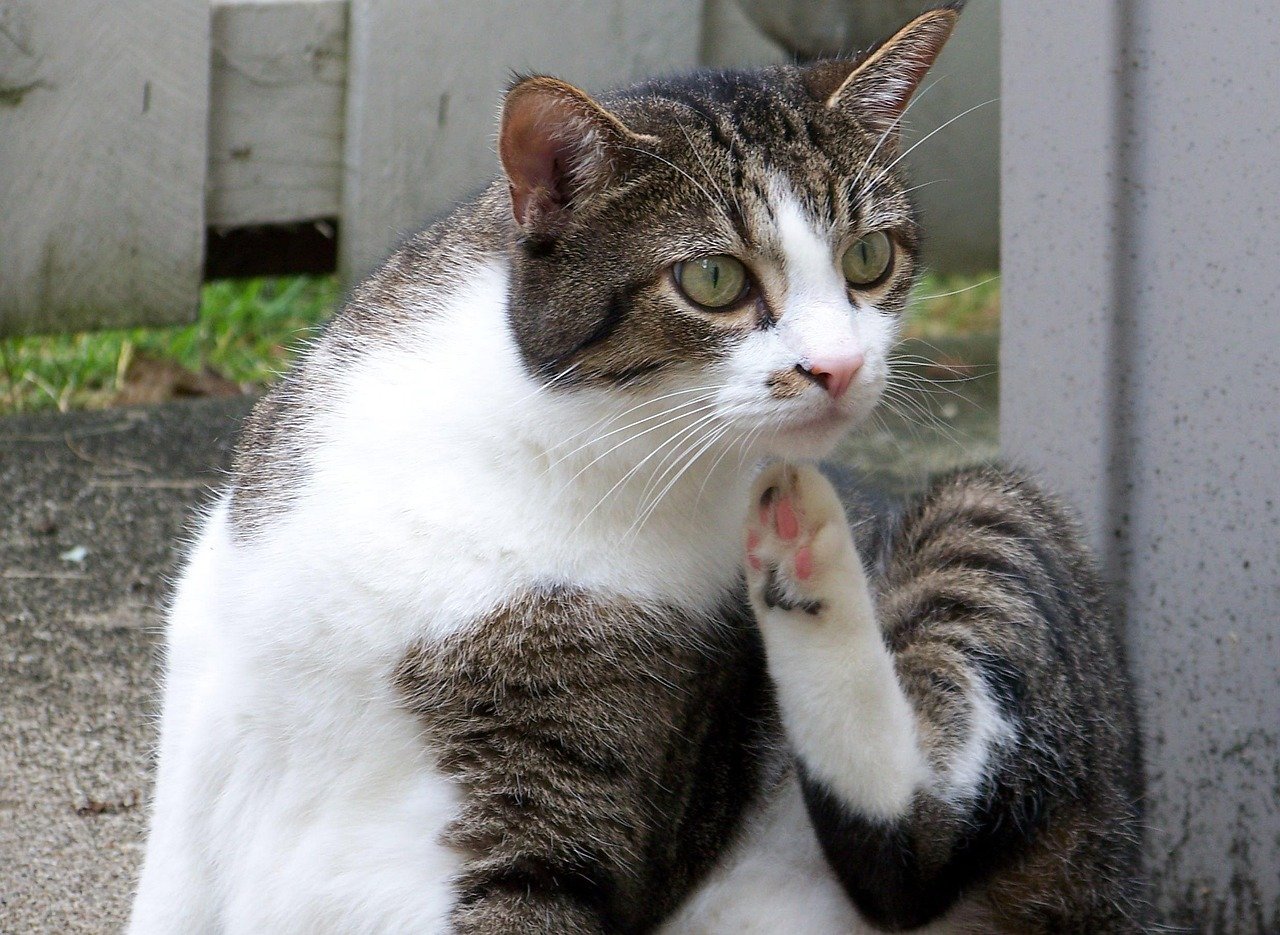
Scratching is a natural behavior for cats, and providing them with appropriate outlets is essential. Scratching posts not only allow them to exercise but also help mark their territory, which can be comforting. Ensure that these posts are sturdy and placed in areas where your cat likes to scratch. It’s similar to having a favorite chair; it becomes a personal space where they can express themselves freely, contributing to their emotional security.
Encouraging Socialization

Socialization is vital for a cat’s emotional health, even in a bustling household. Encourage positive interactions with family members and other pets to build your cat’s confidence. This can be achieved through gentle play, treats, and praise. Think of it as building a network of friends; the more positive experiences your cat has, the more secure they will feel in their environment.
Using Calming Products
There are various calming products available that can help reduce stress in cats. From pheromone diffusers to calming sprays, these products can create a soothing environment for your cat. They work by mimicking natural calming signals, helping your cat feel more secure. It’s akin to having a cup of herbal tea to unwind; these products offer a gentle way to alleviate stress and promote relaxation.
Ensuring Privacy for Litter Box
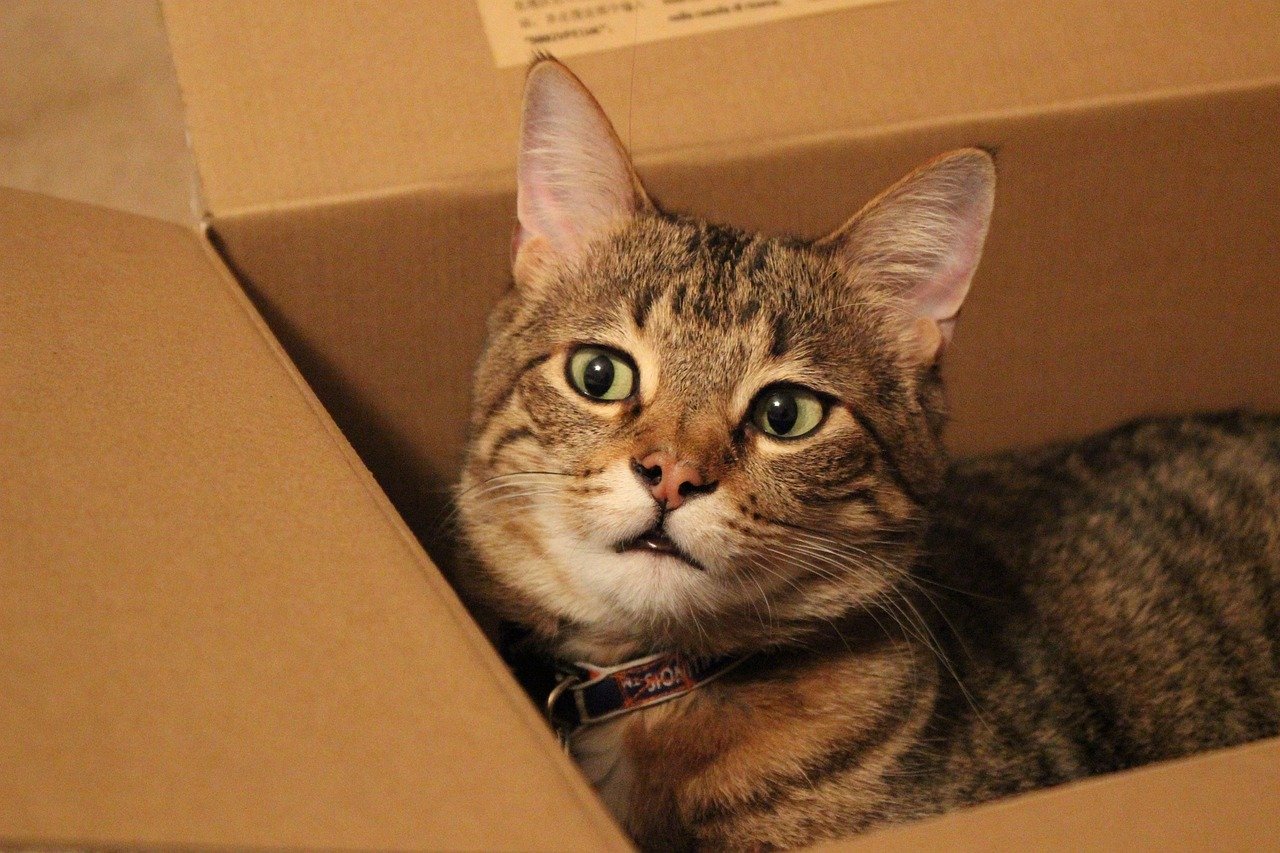
Privacy is crucial when it comes to your cat’s litter box. In a busy household, it’s important to place the litter box in a quiet, accessible area where your cat can use it without disturbances. This ensures that your cat doesn’t associate the litter box with stress, which can lead to litter box aversion. Imagine needing privacy for personal tasks; your cat deserves the same consideration to feel secure in their environment.
Providing Consistent Affection
While cats are known for their independence, they still crave affection and attention. Consistent affection helps strengthen your bond and provides emotional security. Whether it’s a gentle stroke or a cuddle session, showing your cat love and attention reassures them that they are valued and safe. It’s much like a warm hug from a loved one; it provides comfort and security in an often unpredictable world.
Observing and Adapting
Every cat is unique, and what works for one might not work for another. Observing your cat’s behavior and adapting your approach is crucial in ensuring their emotional safety. If something isn’t working, don’t be afraid to try new methods or adjust your routine. It’s like finding the right key for a lock; sometimes it takes a few tries to discover what truly makes your cat feel secure and happy.
Providing Quiet Time
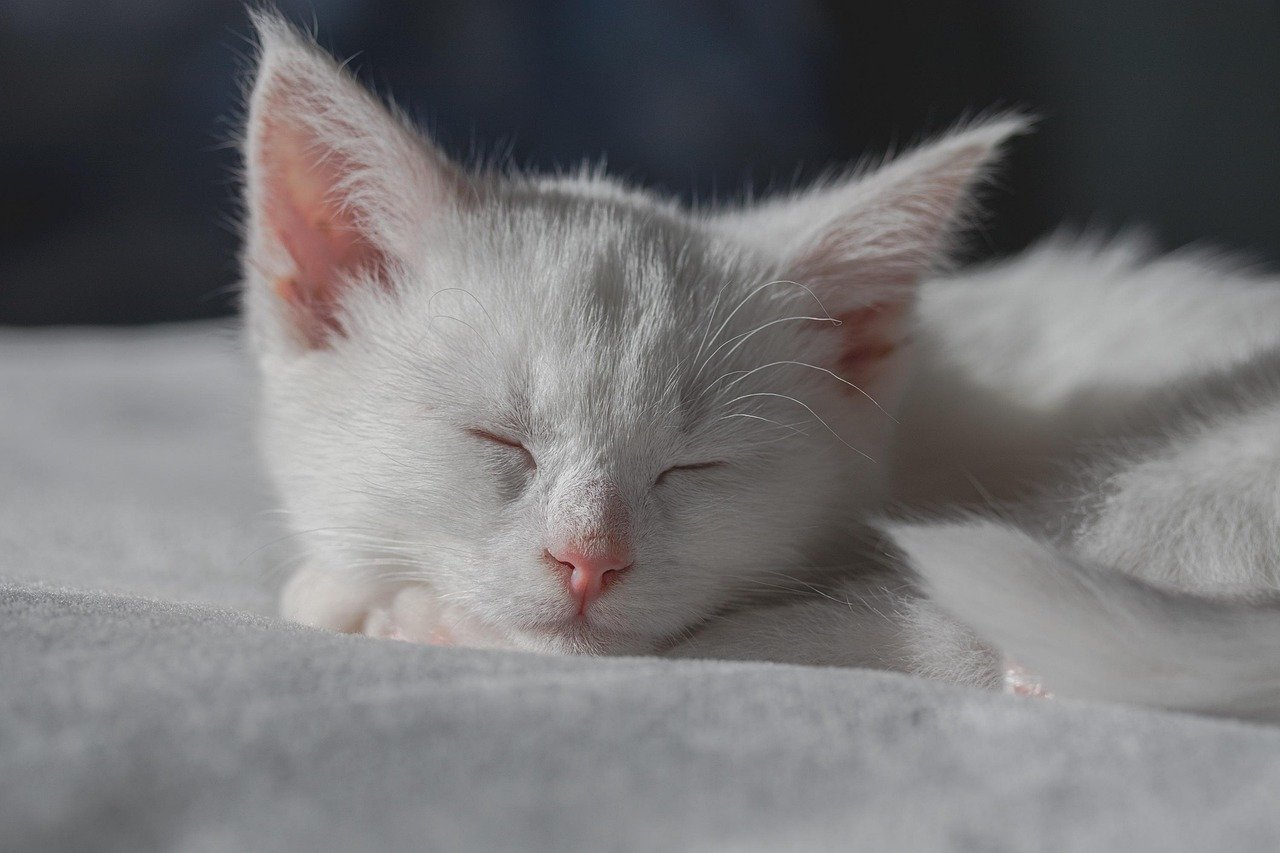
In a busy household, quiet time can be a rare commodity, but it’s essential for your cat’s emotional health. Providing periods of calm and solitude allows your cat to recharge and relax. Whether it’s a designated quiet hour or a peaceful afternoon, these moments of tranquility are vital for your cat’s well-being. Imagine the peace of a quiet walk in the park; these moments of solitude offer a sanctuary amidst the chaos.
Recognizing When to Seek Professional Help
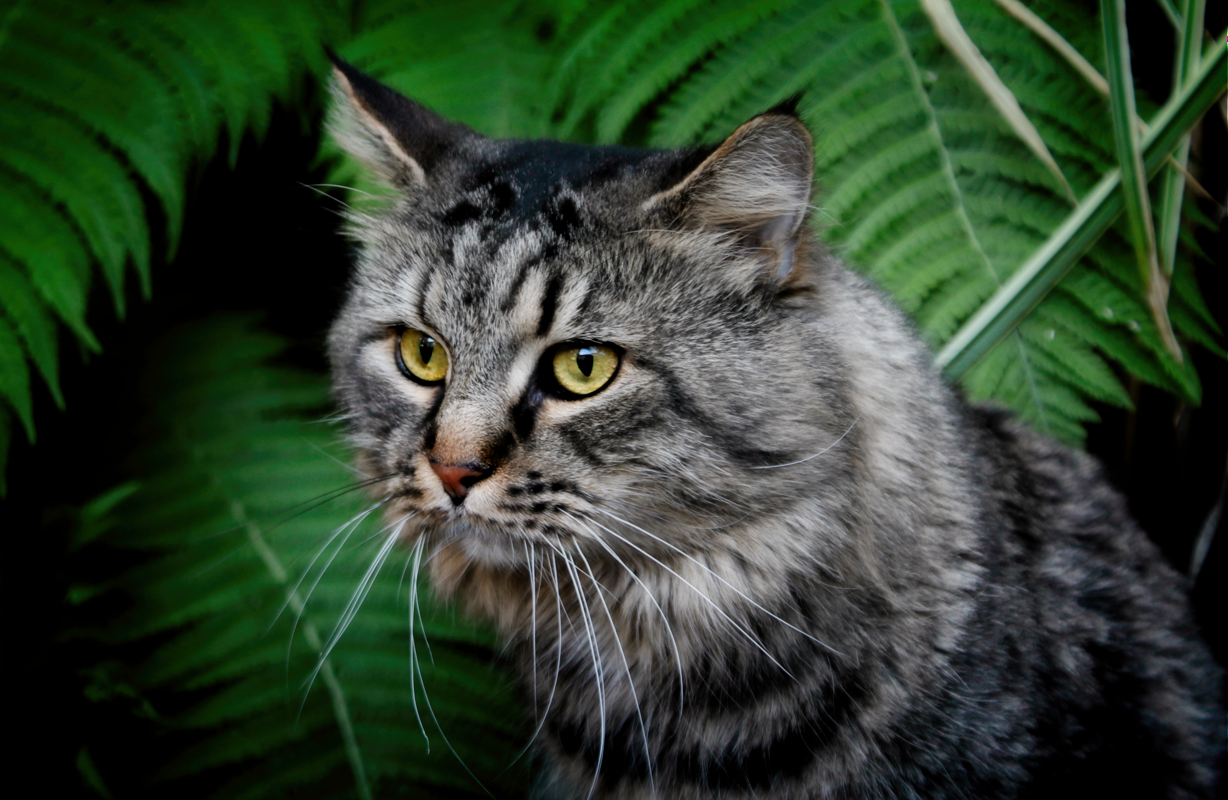
Sometimes, despite your best efforts, your cat may still struggle with emotional insecurity. In such cases, seeking professional help from a veterinarian or an animal behaviorist can provide valuable insights and solutions. They can help identify underlying issues and offer tailored advice to address your cat’s specific needs. It’s similar to consulting a specialist for your own health concerns; professional guidance can make all the difference in ensuring your cat’s emotional safety.
In conclusion, creating a safe, nurturing environment for your cat in a busy household requires understanding, patience, and a willingness to adapt. By recognizing and addressing your cat’s emotional needs, you can foster a sense of security and happiness, allowing them to thrive even amidst the chaos.
Hi, I’m Bola, a passionate writer and creative strategist with a knack for crafting compelling content that educates, inspires, and connects. Over the years, I’ve honed my skills across various writing fields, including content creation, copywriting, online course development, and video scriptwriting.
When I’m not at my desk, you’ll find me exploring new ideas, reading books, or brainstorming creative ways to solve challenges. I believe that words have the power to transform, and I’m here to help you leverage that power for success.
Thanks for stopping by, Keep coming to this website to checkout new articles form me. You’d always love it!






